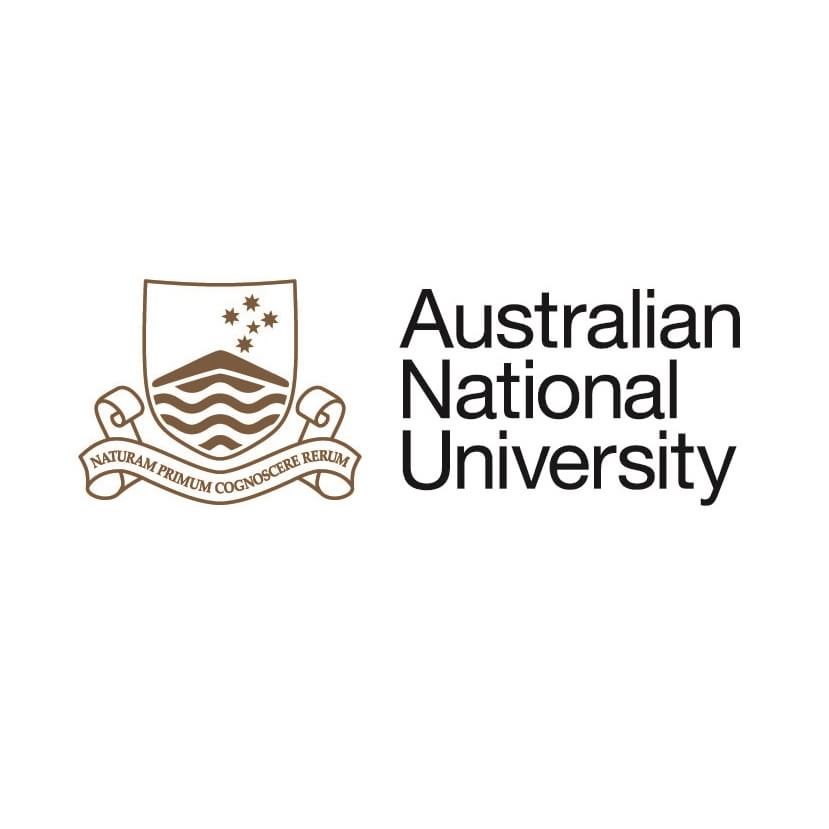Full description
Abstract: Herpetofauna is surveyed every two years, between 2012 and 2015, using artificial substrates and active search methods. Artificial substrates comprise eight standard roofing tiles, eight half-size (cut-off) railway sleepers and four sheets of corrugated iron per site. A set of two sheets of corrugated iron placed on top of one another, four half-size railways sleepers and four roofing tiles are placed around a point at the 0 m and 100 m point of the permanent 200 m transect. These artificial substrates are gently turned over to record occupants with some of the animals hand-captured to identify the species, substrates are replaced and then the animals put carefully back underneath the substrates. Active searching is done by gently turning over any rocks, logs or fallen bark at locations along a 200 m transect for 20 minutes. Several measurements including sex, age and tail condition are recorded where possible. Sightings of exotic species (e.g. rats) are also recorded. The principle objective of the Nanangroe study is to directly quantify changes in woodland vertebrate assemblages and their relationships with habitat variables when the surrounding landscape matrix is converted from a semi-cleared grazing landscape to a landscape dominated by an exotic softwood plantation The study area is located in the Southwest Slopes of NSW, west of Lake Burrinjuck, and includes four exotic Pine Plantations (Nanangroe, Cotway, East Bungongo and Bungongo), as well as private properties adjacent those plantations. Repeated sampling of the vegetation structure and cover and selected vertebrate groups on all sites from 1998 has created a long term dataset. A synopsis of related data packages which have been collected as part of the Nanangroe Plantation Forest Plot Network’s full program is provided athttp://dx.doi.org/10.25911/5c3d49dd32d9b Sampling method: Refer to Lindenmayer, DB, Cunningham, RB, MacGregor, C, Tribolet, C & Donnelly, CF 2001, ‘A prospective longitudinal study of landscape matrix effects on fauna in woodland remnants: experimental design and baseline data’, Biological Conservation, vol 101 no 2, https://doi.org/10.1016/S0006-3207(01)00061-1 Study extent: Note that age and tail condition were only recorded from 2013 onwards. Project funding: Between 2012 and 2018 this project was part of the Long Term Ecological Research Network (LTERN), a facility supported by the Australian Government’s Terrestrial Ecosystems Research Network (www.tern.org.au) – an Australian research infrastructure facility established under the National Collaborative Research Infrastructure Strategy and Education Infrastructure Fund–Super Science Initiative through the Department of Industry, Innovation, Science, Research and Tertiary Education.Created: 2018-10-23
Data time period: 2012 to 2015
Spatial Coverage And Location
text: Nanangroe Plantation, Southwest Slopes of NSW west of Lake Burrinjuck and includes four exotic Pine Plantations (Nanangroe, Cotway, East Bungongo and Bungongo), Australia
User Contributed Tags
Login to tag this record with meaningful keywords to make it easier to discover


